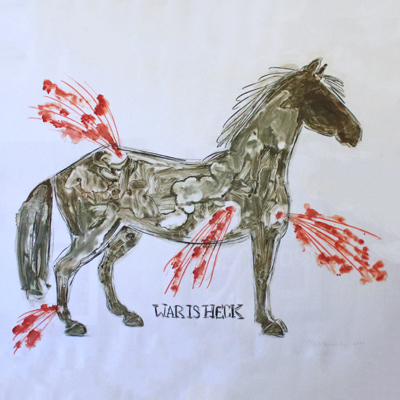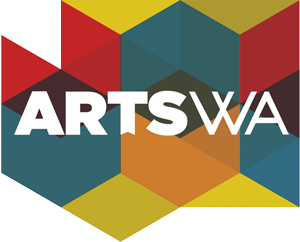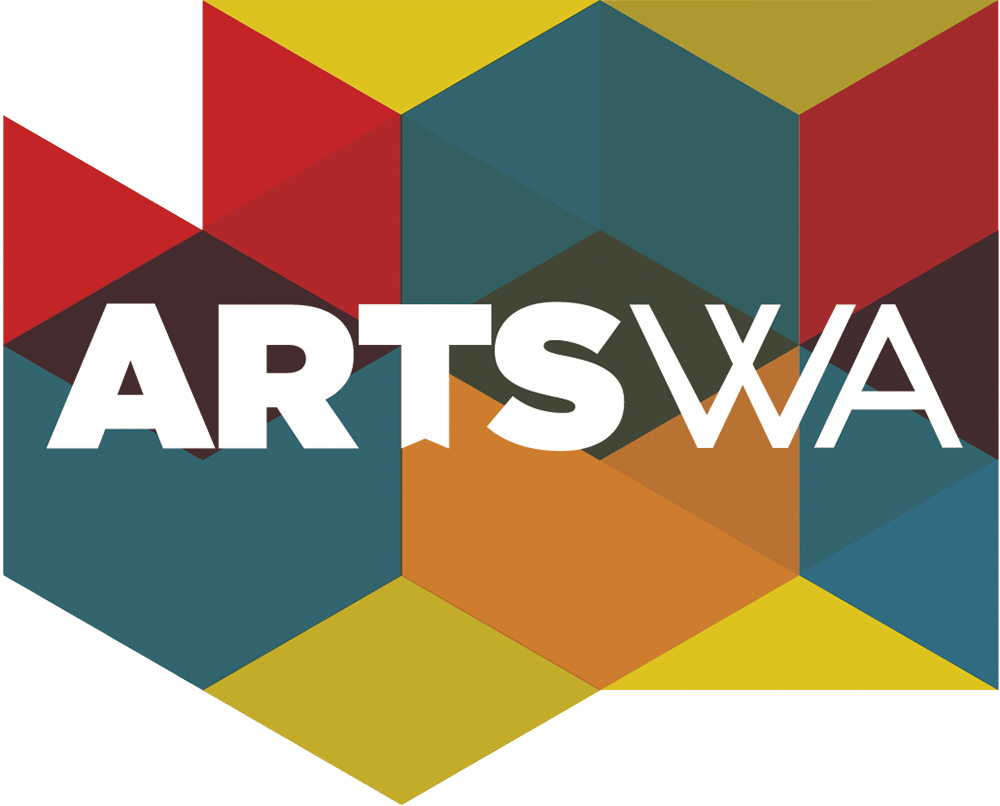Search the Collection:

Arbitrary Borders: Works by Artists of Color in Washington’s State Art Collection at WWU
"Arbitrary Borders" brings together 35 paintings and sculptures by 19 artists of color that were displayed at the Western Washington University (WWU) Art Gallery in the spring of 2023. All of the works are a part of Washington’s State Art Collection and will remain at WWU, a state university. To ensure continued public access and representation throughout WWU’s campus, the works will be installed in public places for students, faculty, and the community to enjoy after the Gallery exhibition.
The new collection concentrates on Black, Indigenous/First Nations, and Latinx artists. African American heritage is shared by Marita Dingus, Violet Fields, Mildred Howard, Earl Miller, Janet Taylor Pickett, and Clarissa T. Sligh, while Alfredo Arreguín and Rita Chavez have Mexican backgrounds; Raymond Elozua comes from a Cuban heritage; Eduardo Calderón is from Peru, and numerous Native American cultures are represented by Richard Glazer-Danay (Kahnawake Mohawk), Hock E Aye Vi Edgar Heap of Birds (Cheyenne and Arapaho), Edna Jackson (Tlingit), G. Peter Jemison (Seneca, Heron Clan), Armond Lara (Navajo), James Luna (Luiseño, Puyukitchum, and Ipai), and Jaune Quick-to-See Smith (Confederated Salish and Kootenai).
Many of the artists in the exhibition focus on contemporary themes of identity and politics. We find personal narratives and tributes to Indigenous cultures in the work of many of the Native artists. Jaune Quick-to-See Smith, for instance, often seeks inspiration in her childhood memories from the Flathead Reservation in Montana; Armond Lara brings together elements of his Navajo and Mexican cultures (“both myself and my works are re-interpretations of Navajo traditions,” he has said), and the concept of ‘orenda’, the traditional Haudenosaunee (Iroquois) belief that every living thing and every part of creation contains a spiritual force is a frequent theme in the work of G. Peter Jemison.
Themes of personal identity and identity expression can be found also in many of the works by Black artists in the exhibition. Janet Taylor Pickett may speak for others also when she affirms: “My Blackness is a declarative statement in my work.” The artists’ bios often reveal personal encounters with oppression and the fight for social justice, including direct involvement in the civil rights movement. Thus, Earl Miller was an active member of a New York based collective of fifteen Black artists, the Spiral Group, formed in response to the 1963 March on Washington D.C. and, at age 15, Clarissa T. Sligh was the lead plaintiff in a 1954 school desegregation case in Virginia State. Social justice is also addressed by some of the Native artists (Edgar Heap of Birds and James Luna are prominent examples), and Latinx artists (Alfredo Arreguín talks of his struggles with immigrating and feeling out of place in a new country).
If common themes connect the artists, their aesthetic diversity is pronounced. The works vary greatly in style and artistic movements, ranging from representational to abstract to conceptual, and from ceramic and steel sculptures to paintings, photographs, and prints. In addition to celebrating the arrival of a new collection of artworks that better represents the many faces and backgrounds of our WWU community, "Arbitrary Borders" will spotlight some of the works by artists of color that already exist on the WWU campus. These works will extend the exhibition’s discourse, further widening the exhibition’s breadth of diverse perspectives. The works from WWU's existing collection are curated specifically to provide complimentary information for viewers to experience together alongside the new acquisitions.
Read Less















